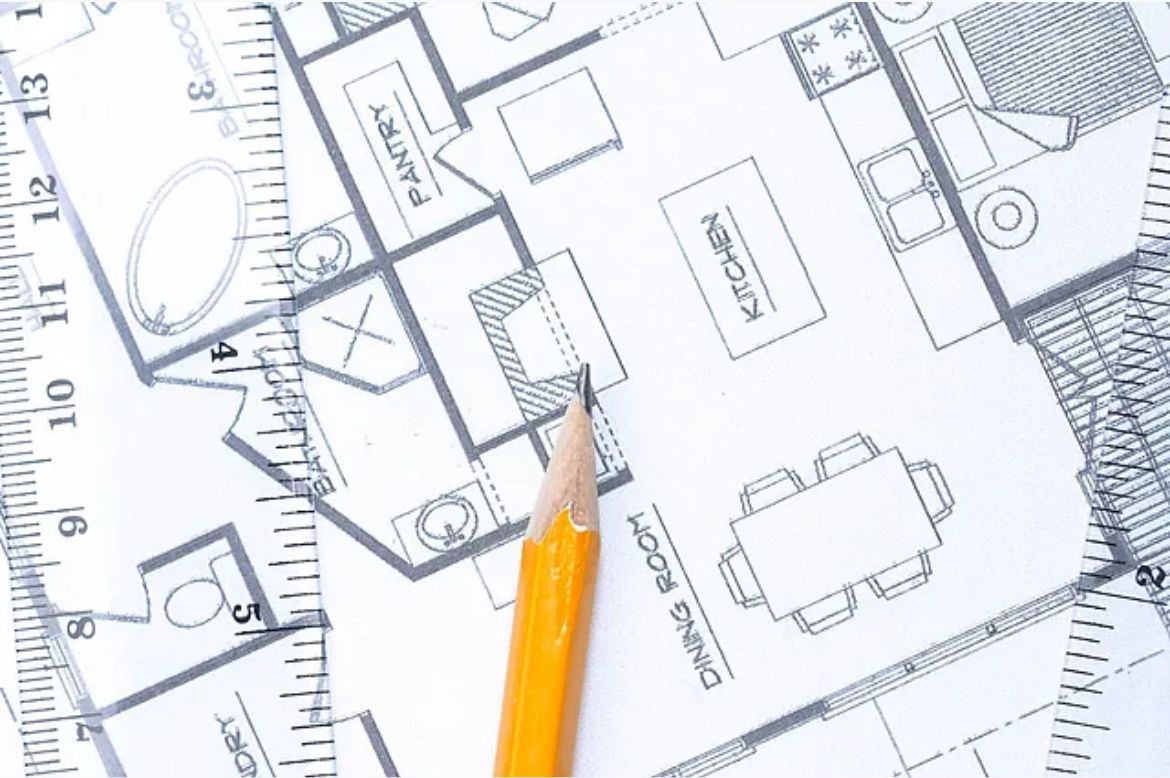Interior designing is the art and science of transforming an indoor space into a functional, aesthetically pleasing environment that aligns with the occupants’ needs and lifestyle. It involves a careful blend of color schemes, furniture arrangement, lighting, textures, and spatial planning. A good interior design does more than just make a room look beautiful; it enhances the functionality of the space, creating a harmonious balance between comfort and style.
At its core, interior designing is about understanding how people use and feel within a space. Designers consider how elements like lighting affect mood, how furniture placement influences movement, and how colors can evoke different emotions. Through skillful use of these elements, interior designers craft spaces that support well-being, increase productivity, and create a welcoming environment.
But why is interior design essential?
Firstly, it significantly improves functionality. By carefully considering the layout, designers ensure that a space serves its intended purpose efficiently. A well-organized room can increase usability, make daily activities easier, and even promote safety.
Secondly, interior design impacts mental well-being. A thoughtfully designed space can boost creativity, reduce stress, and provide comfort, making it especially valuable for areas like homes, offices, and commercial spaces. Colors, lighting, and textures can all influence a person’s mood, making the space not just physically comfortable but also emotionally supportive.
Additionally, interior design adds value to a property. Whether it’s a home or a commercial space, a well-designed interior enhances the overall appeal and can increase the property’s market value.
In essence, interior design plays an essential role in shaping our experiences in a space. It enhances functionality, supports well-being, and adds a personal touch, turning a mere structure into a place where people feel truly at home.



